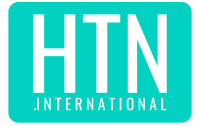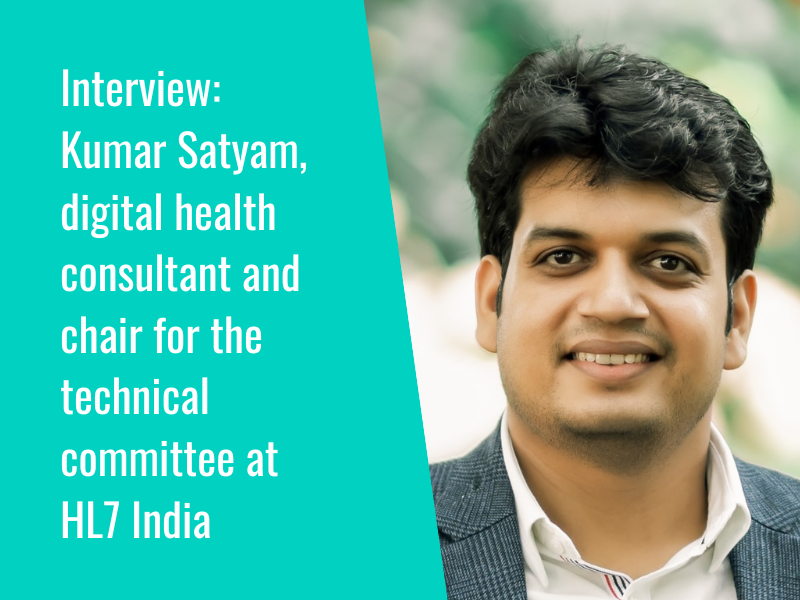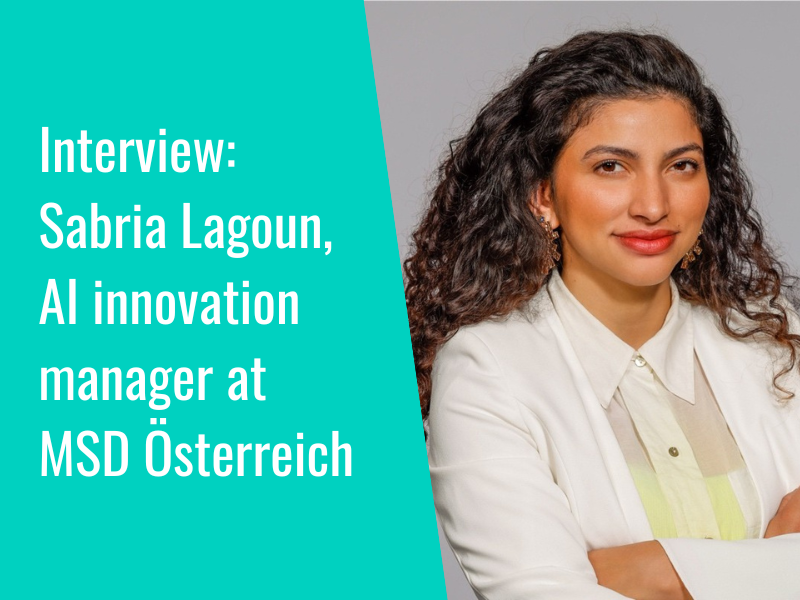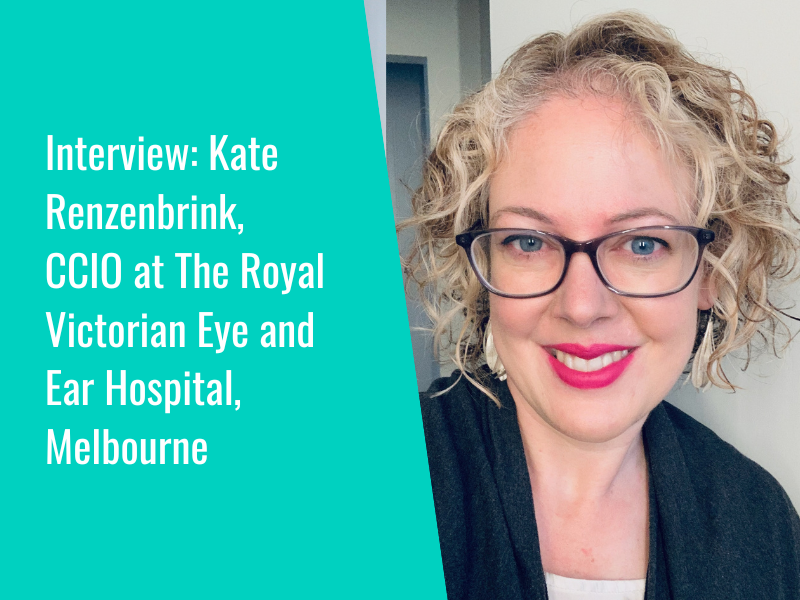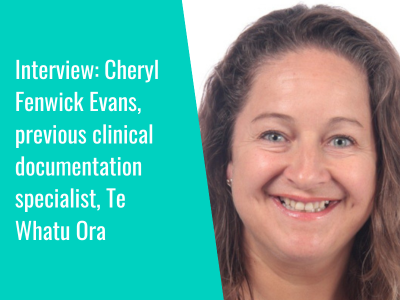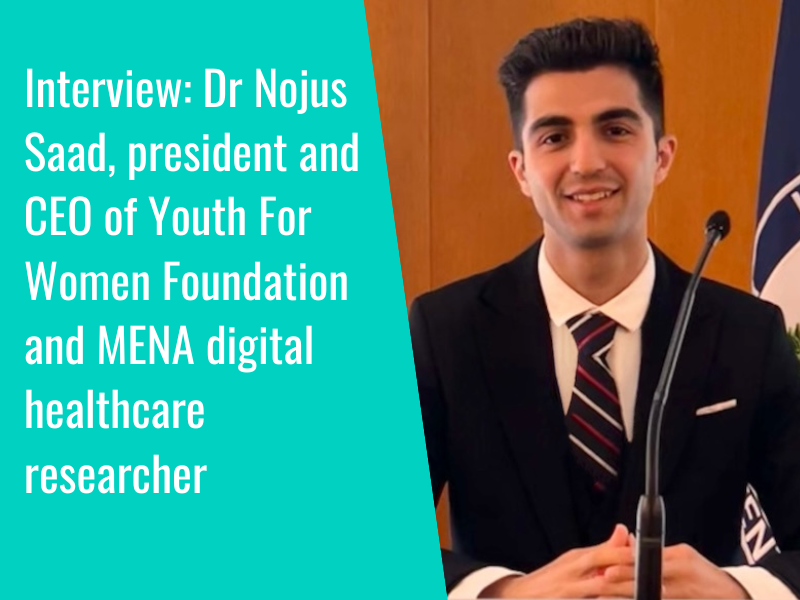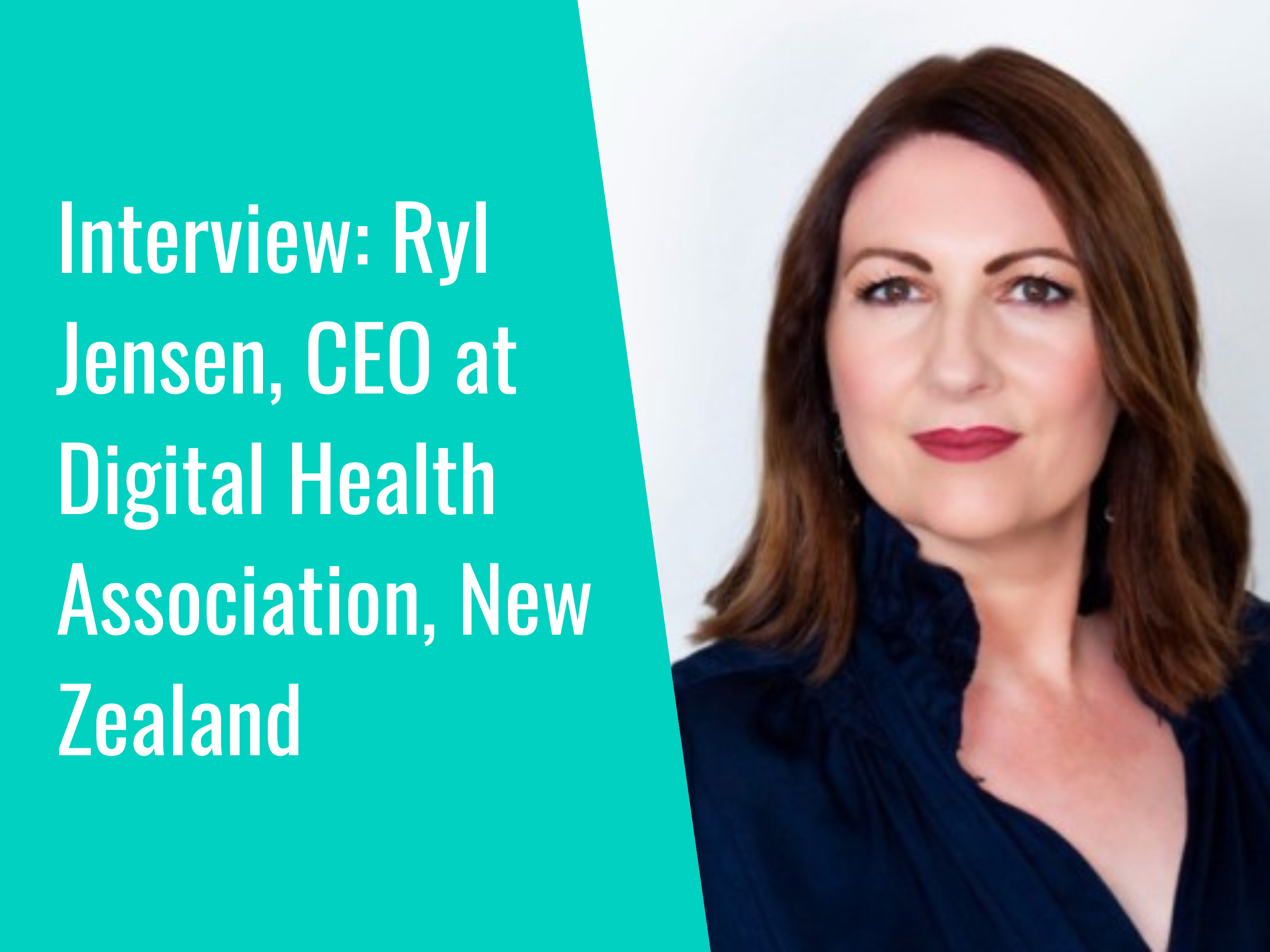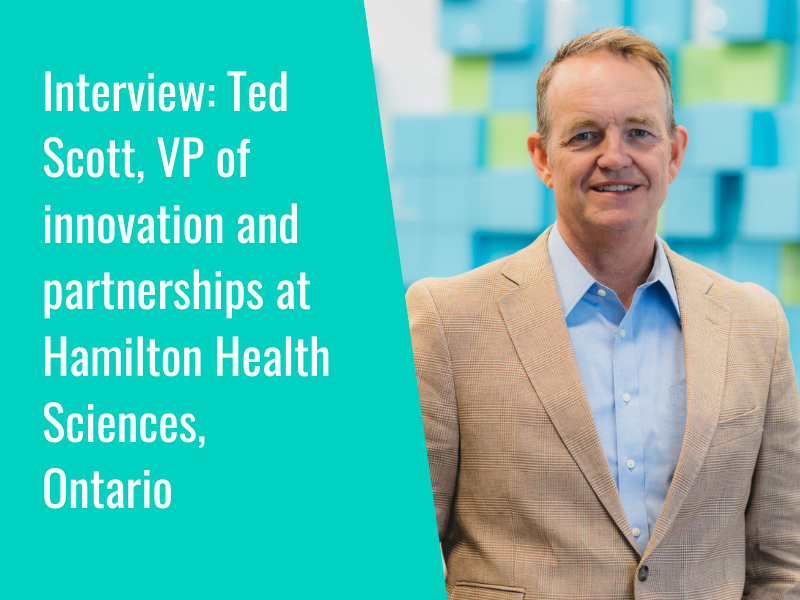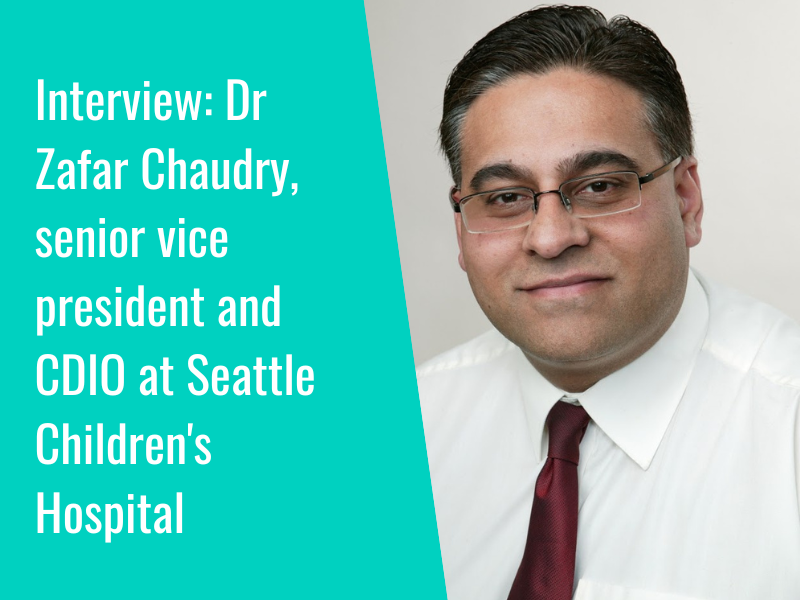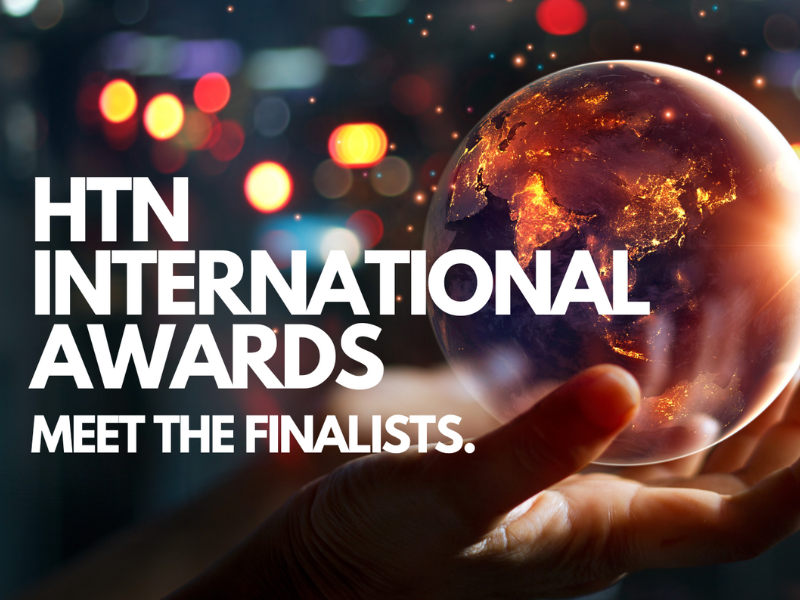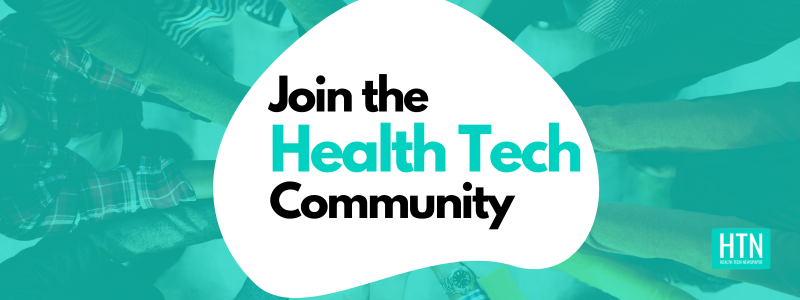HTNI tuned in to day two of the World Health Organization’s (WHO) Summit of the Future 2024 event for a session around “multistakeholder dialogue on investing in digital public infrastructure for equitable future health systems”, which focused-in on assistive technology as a use case.
To kick off the discussion, the audience heard from Nele Leosk, ambassador-at-large for digital affairs at the Ministry of Foreign Affairs in Estonia, who talked about digital transformation in Estonia, which she described as “a digital nation”. She highlighted how the Estonian government has “laid down a basic foundation for digital development for everybody, and we did that because we realise the needs of our public and private sectors are all similar. We all needed to digitally authenticate ourselves and share data, and we realised that we cannot afford for every municipality, every organisation, every private sector or private health clinic, to develop their own system. We did not have the resources for that, and it’s also a matter of security.”
Nele also used her speech to highlight the opportunities for cross-border learning, using the example of an Estonian-Finnish collaboration on a secure data exchange to save resources for each nation. “We cannot do it alone… there are some solutions that we all need in the healthcare sector, and we don’t have to reinvent it every time we need it.” She also called for increased collaboration, “not only to share, but also to reuse”.
Shane Stephens, first secretary for the Permanent Mission of Ireland to the United Nations, acknowledged Estonia as “an important force” in the world of digital technology and e-government.
“Ireland is focused on promoting the full inclusion of people with disabilities in our society,” he said, “and we recognise the importance of investing in digital health infrastructure to be sure that every person, including persons with disabilities, has access to the same health services as every other person throughout their life course.”
Shane also highlighted Ireland’s commitment to invest £12.5 million in partnership with WHO over the next five years for its Digital Assistive Technology Initiative, to “strengthen equitable and affordable access to assistive technology globally”, also calling for “collective action to support improvements in health infrastructure” to effect positive change.
The session heard from Alain Labrique, digital health director and innovation director for WHO, as he pointed to the role of digital in “creating resilient health systems”. Alain cited WHO’s work to support countries “to help shift the conversation of a decade of playing with digital solutions as piecemeal bandaids to vertical challenges towards what we are now talking about – carefully planned and executed digital health systems”.
Digital public infrastructure “is the underlying fabric on which other systems are built”, Alain said, “and more than 120 member states have articulated a digital health strategy; but we have struggled to convert these visions and ideals into action.”
Assistive technology
Assistive technology is an “underserved area in most health systems”, according to Alain, “with significant global inequity in access to coverage”, but “effective financing, governance, and the foundational architecture that supports digital health interventions can be powerful enablers to assistive technology, as well as many other domains of health.”
Moving on to look at the use case of assistive technology, Professor Malcolm MacLachlan, co-director of the Assisting Living & Learning Institute from Maynooth University and advisor to the Irish Health System, was introduced to talk about some examples of work in this space in Ireland. “I believe assistive technology is a really compelling use care for digital public infrastructure,” Malcolm said, “and I believe that digital technologies offer huge opportunities to remove barriers.”
Sharing details on some of the practical examples of work in assistive technology in Ireland, Malcolm talked about work on Ireland and WHO’s “global collaboration” on improving access to assistive technologies. That involves many different activities, he went on, including “analysing population data on the need for assistive technology so that that can inform policy and crucially financing decisions; including assistive products in existing stock management systems; using digital tools to streamline assessment and referral processes around assistive technology; and developing online platforms and digital communication to train and support rural workforces in Ireland”.
Ireland is working to harness the “full potential of digital technologies”, he continued, in reducing waiting times and enhancing services for children and adults. “One example is a projects called SHAPES, working across 14 different countries in Europe to bring together a huge range of assistive and digital technologies through an open digital platform.” The platform in this instance was the enabler, Malcolm said, “so rather than going into hospitals, effective digital infrastructure facilitates the provision of these sorts of services in the community”.
Another example Malcolm shared was the Assistive Technology Passport, a “digitally mediated platform” which enhances access to “all types of assistive technology”. Although still in its pilot phase, this project “represents a digital solution that places the user at the centre of their own assistive technology journey”, he continued, “including self-assessment, self-referral, access to information, ongoing support and training, and technical support for them and their associated helpers”.
To close, Malcolm considered that “assistive technology services and systems can only scale these barriers. We can only achieve the coverage and impact that we all seek… if it is digitally supported by the necessary public digital infrastructure. We ask you to join us in contributing to making that a reality.”
Global perspectives on digital public health infrastructure
The audience also heard from Vikram Pagaria, director of IT for the National Health Authority of India, who highlighted India’s recently-launched Global Initiative on Digital Health as “a pivotal step in democratising digital health technologies, particularly for the Global South, and ensuring equitable access to health services through robust digital public infrastructure”.
Vikram also noted India’s National Digital Health Mission, launched in 2021, “aimed at enabling the creation of digital health records and promoting interoperability. This mission keeps the individual at the centre because it empowers citizens to take charge of their health data. It is also built on federated data architecture… only allowing the transfer of records from one health facility to another when the patient gives their consent.”
Crowding in Indias public hospitals, Vikram shared, has been tackled using a system involving digital tokens and QR codes given to patients during their wait, which has been successful in “reducing waiting times from 40 to 50 minutes, down to four to five minutes.
“In our country, the level of digitisation in health is still low,” Vikram said, “so we’re working on a 100 model facilities project, wherein we’re trying to understand the complexities of digitisation, and we’re focusing on making 100 facilities across the country end-to-end digitised, and then we will try to use those learnings to digitise the entire health ecosystem.”
To watch the session in full, please click here.
In related news, HTN International recently sat down to catch up with Kumar Satyam (Satyam), digital health consultant and chair for the technical committee at HL7 India. Satyam discussed his views on the importance of interoperability and de-centralisation within healthcare, sharing examples of his work in this area in practice as well as his hopes for the future and his views on the digital healthcare landscape within India.
- 1
- 2
